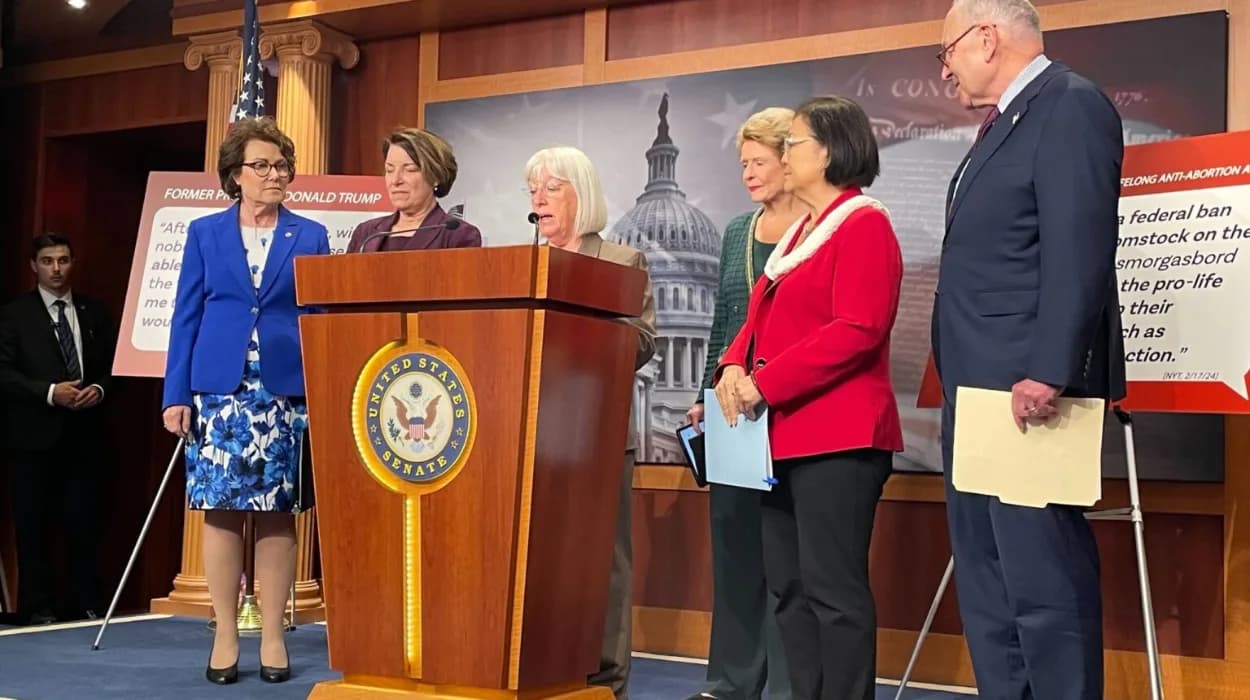The United States Senate, as one of the two chambers of Congress, has a significant role in shaping national policy and governance. While historically dominated by men, the Senate has seen a gradual increase in female representation over the years. This article explores the history of women in the U.S. Senate, highlighting key milestones, notable female senators, and the ongoing challenges and achievements of women in this prestigious legislative body.
A Brief History of Women in the Senate
Early Representation
The journey of women in the U.S. Senate began with Rebecca Latimer Felton, who made history in 1922 as the first female senator. Felton served for just one day, representing Georgia in a symbolic gesture. It wasn't until 1931 that Hattie Caraway became the first woman elected to the Senate, serving Arkansas. Caraway initially filled a vacancy caused by her husband's death and later won two full terms, paving the way for future female senators.
The Slow Progression
For many years, the Senate's membership remained predominantly male. It wasn't until the 1990s that significant changes began to occur. The "Year of the Woman" in 1992 saw a surge in female representation, with Barbara Mikulski being re-elected and four new women senators elected: Patty Murray, Carol Moseley Braun, Dianne Feinstein, and Barbara Boxer. This marked a turning point in the Senate's history, as it began to reflect a more diverse and representative body.
Breaking Barriers
Throughout the years, women have continued to break barriers in the Senate. Margaret Chase Smith, who served from 1949 to 1973, was the first woman to serve in both the House and the Senate. In 1978, Nancy Kassebaum became the first woman elected to a full Senate term without any family connections in politics. The trend of women entering the Senate continued, with notable figures such as Hillary Clinton, who served from 2001 to 2009, and became the first female senator from New York.
Current Female Senators
As of January 2025, 26 women are serving in the U.S. Senate, the highest number in history. This includes 16 Democrats and 10 Republicans. The current female senators represent a diverse array of backgrounds and experiences, contributing to a more inclusive legislative process. Some notable current female senators include:
- Patty Murray (D-WA): Serving since 1993, she is the longest-serving female senator and has been a strong advocate for education and healthcare.
- Dianne Feinstein (D-CA): A prominent figure in California politics, Feinstein has served since 1992 and has been influential in various legislative areas, including gun control and national security.
- Kamala Harris (D-CA): Elected in 2017, Harris made history as the first female vice president of the United States and the first woman of South Asian and African American descent to hold the office.
Milestones and Achievements
The history of women in the Senate is marked by several significant milestones that highlight their progress and contributions to American politics. Rebecca Latimer Felton made history as the first female senator, serving for just one day in 1922. Following her, Hattie Caraway became the first woman elected to the Senate in 1931, paving the way for future female leaders. Margaret Chase Smith broke new ground as the first woman to serve in both the House of Representatives and the Senate, demonstrating her versatility and commitment to public service. Additionally, Nancy Kassebaum achieved a notable milestone in 1978 by becoming the first woman elected to the Senate without any family connections in politics, further emphasizing the growing acceptance of women in leadership roles within the legislative branch.
Legislative Impact
Women in the Senate have made substantial contributions to legislation affecting various aspects of American life. They have been at the forefront of issues such as healthcare reform, education, women's rights, and national security. Their unique perspectives and experiences have enriched the legislative process and led to more comprehensive policies.
Challenges Faced by Female Senators
Despite the progress made, female senators continue to encounter significant challenges within a historically male-dominated institution. One of the primary issues is gender bias, which can adversely affect their credibility and authority. This bias often manifests in various ways, including media coverage that may focus more on their appearance than their qualifications, as well as interactions with colleagues that may undermine their contributions. Additionally, female senators frequently face the challenge of balancing the demands of public office with family responsibilities, which can be particularly difficult in a high-pressure environment. While the number of women in the Senate has increased, they still constitute a minority in a body of 100 senators. This underrepresentation can limit the diversity of perspectives in legislative discussions, making it essential to continue advocating for greater inclusion and support for women in political leadership roles.
The Future of Women in the Senate
Increasing Representation
The trend of increasing female representation in the Senate is expected to continue. With more women running for office and winning elections, the Senate is gradually becoming a more inclusive space. The success of female candidates in recent elections demonstrates a growing acceptance of women in leadership roles.
Ongoing Advocacy
Female senators are not only focused on their legislative duties but also on advocating for the next generation of women leaders. Initiatives aimed at encouraging young women to pursue careers in politics and public service are essential for sustaining this momentum. Programs that provide mentorship and support for aspiring female politicians can help bridge the gap and ensure that women's voices are heard in the political arena.
The history of women in the United States Senate is a testament to the resilience and determination of female leaders who have fought for representation and equality. From the first female senator, Rebecca Latimer Felton, to the current cohort of 26 women, each has contributed to shaping the legislative landscape of the nation. As the Senate continues to evolve, the ongoing efforts to increase female representation and address the challenges faced by women in politics will be crucial for fostering a more inclusive and equitable government.

